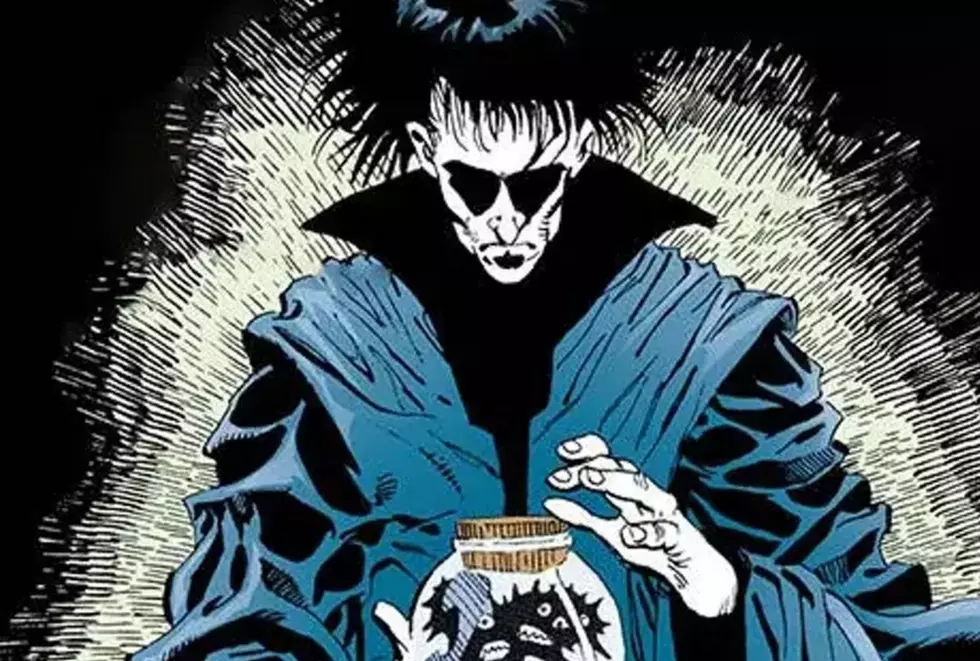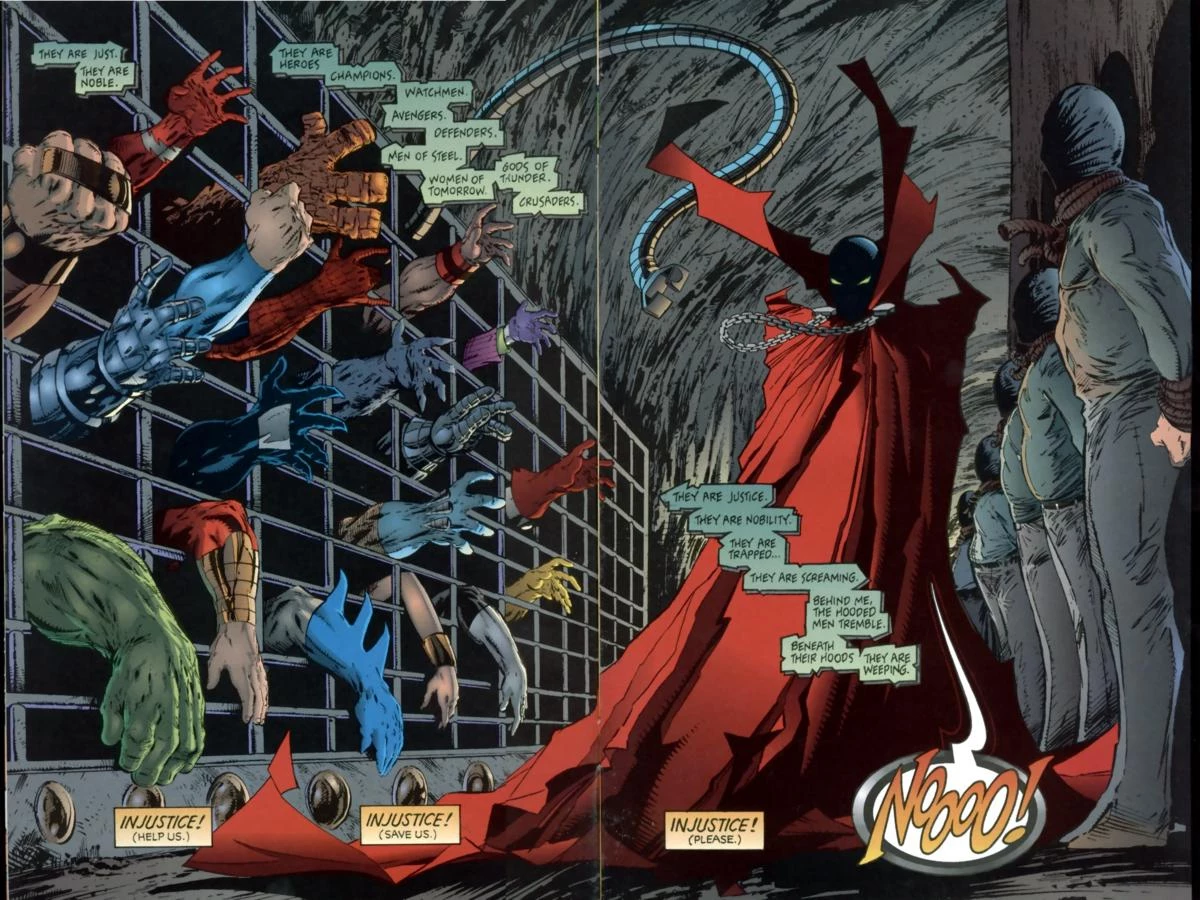
Neil Gaiman And Todd McFarlane Settle Legal Dispute Over Co-Spawned Characters

The exact terms of the settlement weren't disclosed, and Gaiman's attorney Jeffrey Simmons told the AP that such details were confidential, although he did note the agreement would block further appeals from McFarlane, and that both parties were pleased the saga was over. McFarlane's attorney wasn't available for comment as the AP filed their story.
 The Washington Post's comics reporter, Michael Cavna, spoke with Gaiman about the results of the case. Gaiman was quite pleased, and while he was "delighted to put it behind [him]," he thinks the various rulings in the case will help comics creators by clarifying aspects of copyright law that were "misty" before. "Truthfully, I think all of the decisions were incredibly good for all kinds of copyright."
The Washington Post's comics reporter, Michael Cavna, spoke with Gaiman about the results of the case. Gaiman was quite pleased, and while he was "delighted to put it behind [him]," he thinks the various rulings in the case will help comics creators by clarifying aspects of copyright law that were "misty" before. "Truthfully, I think all of the decisions were incredibly good for all kinds of copyright."
Gaiman sued McFarlane in federal court in 2002, and a jury granted him joint ownership of two issues of Spawn, the Angela spin-off miniseries, and the disputed characters. Much of the last decade's worth of legal wrangling has involved trying to determine how much money was made off of those creations, and whether Gaiman also deserves ownership of analogue characters Dark Ages Spawn, Tiffany and Domina (In 2010, a judge said he did).
At one point McFarlane had also suggested an ownership swap involving Marvelman/Miracleman, an unrelated character whose ownership has long been in dispute amongst several parties, with both Gaiman and McFarlane having some claim to it. (Or, as Comics Reporter's Tom Spurgeon put it, "McFarlane's maneuvers during the long-running case included trying to bring in the box of screaming crazies that is the Marvelman case.")
McFarlane's Spawn was one of the initial titles that launched Image Comics in 1992, and one of its most prominent. In the title's early years, Gaiman was one of several notable comics writers McFarlane hired to script successive issues of Spawn, an all-star line-up that also included Frank Miller, Alan Moore and Dave Sim.
That McFarlane and Gaiman came to such a virulent disagreement over ownership of characters in one of the most iconic Image comic books is rather ironic; Image began as a way to empower creators outside of mainstream comics, where the work-for-hire system meant they did not own anything they created. McFarlane and his partners launched Image because they felt Marvel Comics had treated their creators unfairly, and failed to give them their proper due for the talent and popularity they brought to the publisher. The idea of Image as an argument for creators' rights argument was even made explicit in the pages of Spawn itself, thanks to Dave Sim's script for issue #10 (see below).
While Gaiman and McFarlane were among the biggest creators in the field at the time, both have largely retreated from regular comics business. The one-time Sandman and Death writer has gone on to an even more successful career writing fantasy novels, and McFarlane shifted into a producer-like role with his Spawn franchise, leaving the monthly scripting and drawing duties to others and focusing his energy on his popular toy company, McFarlane Toys.
Despite the legal settlement, at least one pressing question remains unasnwered: I have a bagged and boarded mint-condition issue of Spawn #9 in a longbox kept in a cool, dark room in my mom's house. How much is that worth now, and will this decision increase or decrease its value?
[Via The Associated Press]
More From ComicsAlliance



![The Boys Are Back in Town With Marvel Legends’ New Guardians of the Galaxy Figures [Review]](http://townsquare.media/site/622/files/2017/03/IMG_2839.jpg?w=980&q=75)



![Bill Sienkiewicz Provides FOC Variant Cover For ‘American Gods: Shadows’ #2 [Exclusive]](http://townsquare.media/site/622/files/2017/03/AMGODS0.png?w=980&q=75)


